“Session” is an important Google Analytics metric that represents all the interactions of a user on a website in a given period. It is the period during which a user performs certain actions on your site. This implies that the session consists of each page view, click, transaction, etc.
The number of visitors to a website has long been an important indicator for webmasters. But a recent survey of marketers revealed that 59% of them prefer tracking sessions to tracking visitors.
Sessions are a Google Analytics metric that reveals a lot about visitor behavior on a website.
But in concrete terms,
- What is a session?
- Why is session tracking important for a website?
- How can we see the session metrics?
In this article, I will provide concise answers to each of these questions.
So follow along!
Chapter 1: What is the session?
The use of Google Analytics is a must for all site creators. This tool provides data that allows you to understand how visitors interact with your site.
In this chapter we will discover how Google Analytics records sessions on your site and how long a session lasts.
1.1. The session in Google Analytics
The session is one of the most important measures in Google Analytics. It starts as soon as a user accesses a website and ends after a period of inactivity.
Google defines it as a group of interactions that a user has with your site in a given time frame. The session is the set of actions that the user performs on your site during the time he spends on your site.

The session records information such as pages viewed, additions to the shopping cart, different events and translations. An open session can end in different ways.
1.1.1. A session ends after a period of inactivity
When a user stops interacting with your site for a period of 30 minutes, the open session ends. This thirty minute period of inactivity is the default.
Each time visitors interact on a site while the session is still open, the duration of the current session is extended by 30 minutes.
You can also set the inactivity period for your site yourself. Generally speaking, the duration of a session can be set between one minute and four hours
1.1.2. Date changes
Date changes cause sessions to end, because a session ends at midnight. Therefore, the session ends at 0:00 even if a visitor is still browsing your site.
Let’s say a visitor arrives and browses your site between 11:56 p.m. and 12:06 a.m., the session that starts at 11:56 p.m. ends at midnight and a new session opens for that same user.
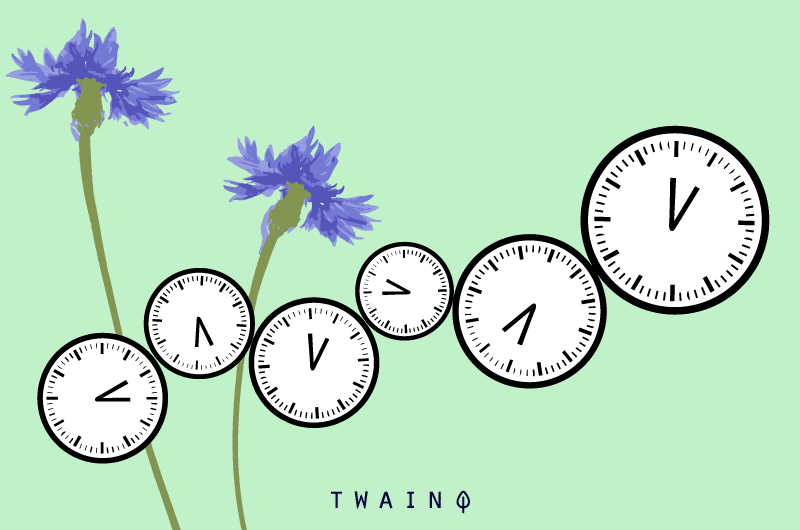
Finally, Google Analytics records two sessions for the same visitor. Just like the inactivity period, you can define the start and end of a day by setting your time zone in Google Analytics.
1.1.3. Changing a campaign
When you run a campaign that brings users back to your site, the sessions for that campaign end as soon as the same users return to the site through another campaign.

In simple terms, Google Analytics starts a new session when the source of the campaign differs. The source of a campaign can be:
- Organic search results;
- Google Ads
- Referrals from links on third-party sites.
For example, if a user arrives at your site through a Google Ads campaign, they are assigned a session.
When the same user does a search that brings them to your site from the SERPs while the old session is still open, the old session is closed and the user is assigned a new session.
However, a new session is not opened when the user types the site’s URL into the browser.
To better understand how sessions are created, let’s look at users.
1.2 What is a user?
Users are known as visitors who land on a website. But Google Analytics has a specific way to define users.
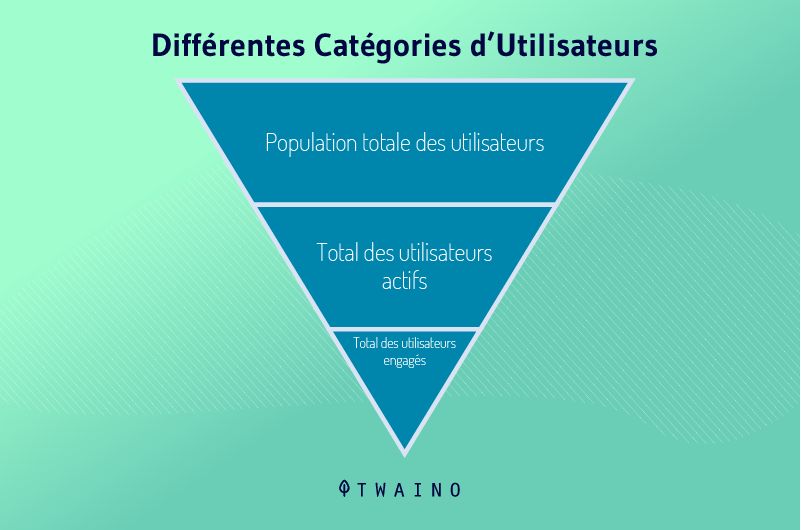
In the past, users were called “unique visitors” in Google Analytics. In effect, Google Analytics assigns a unique identifier (ID) to each user who logs into a site. It stores this ID in a cookie in the user’s browser.
So when you log in to a site on Chrome, Google Analytics assigns you an ID. But when you return to the site after leaving, Google Analytics considers you a returning user, not a new user.
On the other hand, if you visit the same site using another browser, Google’s tool records you as a new user. The session is nothing more than the recording of the interactions of an ID as a memory.
Note that Google Analytics counts users in two ways: new users and regular users
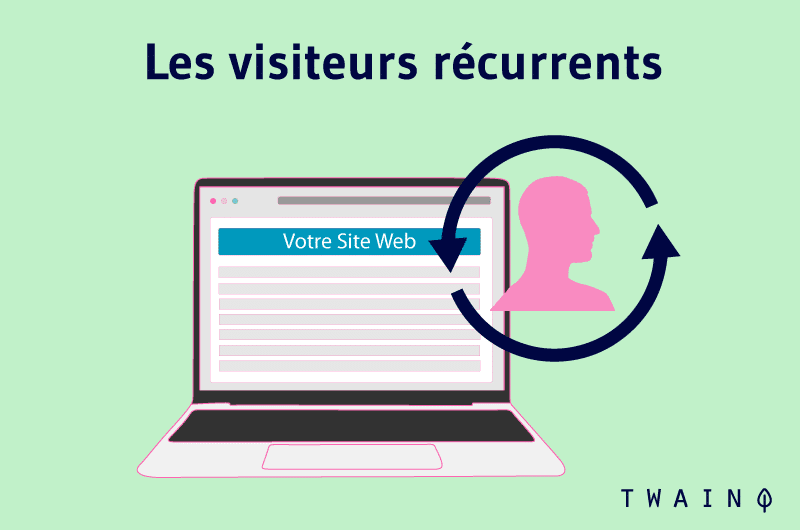
The tool measures each of these categories including the number of new and returning visitors to your site.
These numbers can be compared with session data to understand potential problems with your site, improve your content or your SEO.
For Chris Wilks of BrandExtract,“users are a good metric for understanding how many people are seeing (and hopefully interacting with) your content.“
1.3. The difference between a user and a session
Note that there is a fundamental difference between a user and a session. A user can log in multiple times to a website, whereas a user can only be logged in once to a website.
According to Mark Barrera,“a user is an individual person who has come to your site, while a session represents one of those visits to your site“.
So a person can come once or many times, and this will not increase the number of users, but rather the number of sessions.

For Amanda Lanier “think of users as the number of unique visitors coming to your website. Once they’ve visited once, they won’t be counted again unless they visit on a new device or have cleared their cookies.“
In short, sessions are the number of visits to a site, whether they are new or returning users
1.4. What is the difference between clicks and sessions?
As mentioned earlier, sessions store visitor interactions, including clicks. It is easy to understand that there is a difference between clicks and sessions.
Clicks in Google Analytics show the number of times a user clicks on a page while visits show the number of unique sessions associated with each user.
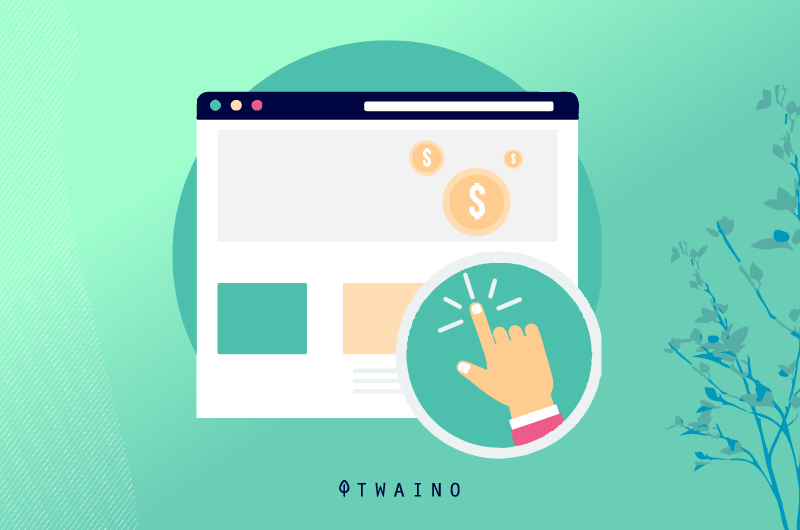
To better understand, a page can be clicked on multiple times by the same user, which naturally causes multiple clicks to be recorded in the same session.
Chapter 2: How can you use session metrics in Google Analytics?
Sessions are useful for several reasons. This chapter focuses on the importance of session tracking and how to configure Google Analytics to obtain session data.
2.1. Why is session tracking essential?
The benefits of session tracking are numerous. For example, it helps you know if a site’s marketing campaigns and SEO efforts are working. Nicholas Zinkie of The Honey Baked Ham Company also believes this when he states:
“Sessions are a good metric for understanding how attractive your site is and how successful you are, as a marketer, in attracting users to your site.”
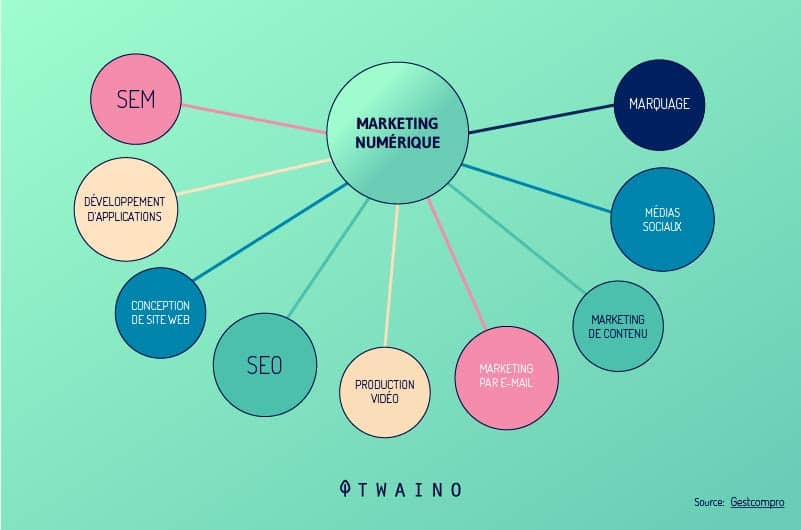
Tracking your site’s sessions can help you evaluate whether your marketing and SEO campaigns are working. Let’s say your site is averaging three sessions per user per day.
This shows that you are doing a good job and that your various campaigns are bringing visitors back to your site. But if your site averages three sessions per user per month, it means that users are not coming back to the site often.
Therefore, you will have to invest more in marketing or advertising. It’s all about adopting new strategies that can bring users back to your site on a regular basis.

On the other hand, sessions can help you analyze the buying behavior of your users. This is especially important for shopping site owners
You can see for example:
- In how many sessions was a product viewed ;
- In how many sessions there was an “add to cart” event;
- How many sessions resulted in a payment?
- How many sessions resulted in a successful transaction?
This information can help you see which visitors are leaving your site without adding your products to the cart. You can then think about how to get them to add a product to their carts before they log off.
This can include doing:
- Incentive offers
- Links to product pages
- Product recommendation in the sidebar.
2.2. how to configure Google Analytics to track sessions?
The configuration of Google Analytics will allow you to have very valuable information such as sessions, it can however be tricky. It is done in 5 steps as follows
Step 1: Google Tag Manager configuration
Google Tag Manager collects data on your site and sends them to other analysis platforms such as Google Analytics. To configure this tool, you will just have to create your Google Tag manager account and click on continue.

At the end of the account creation and configuration of the different parameters, you have access to a code that you will paste in the back-end of your site.
Step 2: Create your Google Analytics account
The registration on Google Analytics is done with an account name and the URL of your website. You must also enter the category of your site including the sector in which you operate and define your time zone. You will again get a tracking code.
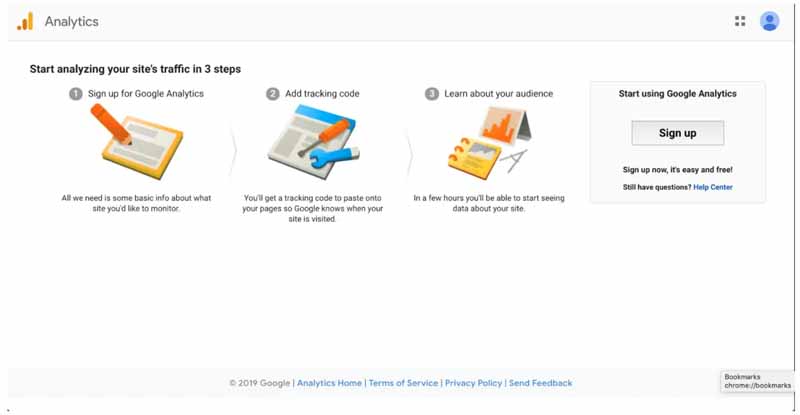
Step 3: Configure the analysis tags with Google Tag Manager
This step consists in adding the tracking tags of Google Analytics. It consists of defining the types of data that will be collected on your site and where this data can be shared.
After setting up the tags, go to “Google Analytics Settings” and insert your Google Analytics tracking code.
Step 4: Define Google Analytics goals
Go to the Google Analytics dashboard and click on the “Goal” button to define your performance indicators

Among the objectives, we have:
- Destination: this allows you to see if visitors are reaching a specific page on your site.
- Pages/Screens per session: this is important when your goal is to get visitors to view a certain number of pages.
- Event: This is also important when you want to get visitors to play a video or click on a link.
From the goals, you can define exactly how much time visitors have to spend on your site for a goal to be considered achieved.
2.3. how to track the number of sessions in Google Analytics?
Tracking sessions in Google is particularly easy thanks to the audience presentation report. In Google Analytics, go to “Audience” then preview.
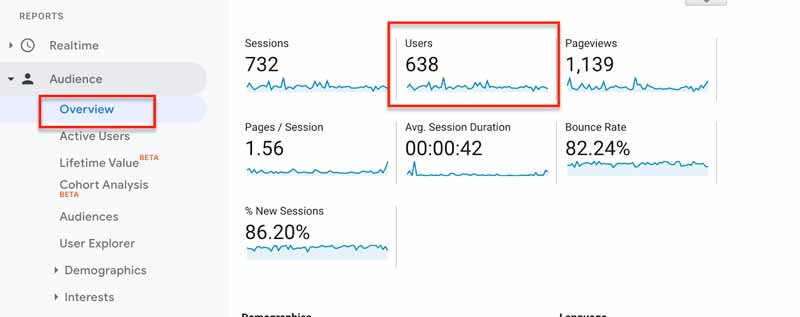
Source : databox
You will get a report that shows both the number of sessions and uses. To see more session data, click on “Acquisition” and then “All Traffic”.
Google Analytics shows you in detail
- The number of sessions
- The percentage of new sessions and new users per channel
- Source/medium
- Reference.
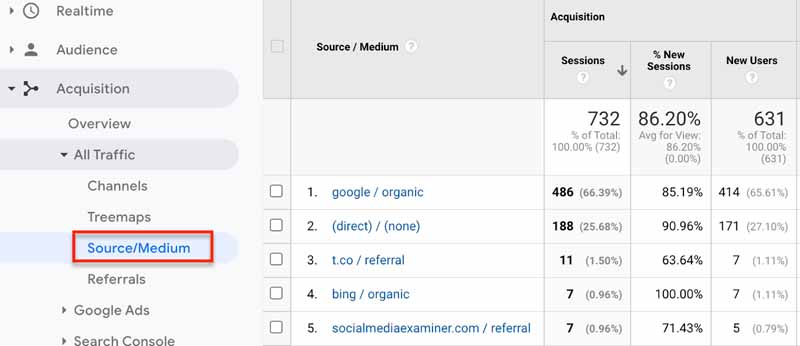
Source: databox
By filtering the data by Source or Medium, you will be able to identify the main sources by which you generate traffic, especially new visitors.
It is also possible to filter the data by advertising campaigns in order to see the campaigns that bring visitors to your website. What would be interesting is to compare the session data you have with the data from the previous month.
This will allow you to see for example if your site records less sessions on weekends as well as the most efficient traffic sources.
Conclusion
To understand what is happening on your website, you need to be able to interpret session data. Sessions include a visitor’s interactions on a site over a period of time and remain one of the best trends for understanding conversion rates.
This metric is important to all websites, especially e-commerce ones. It allows you to see how your marketing and SEO strategies are working.
The different methods discussed in this article will help you set up your Google Analytics account and track session data on your site.
Session tracking in Google Analytics can be used for many things, tell us what you want to track sessions on your site for.



